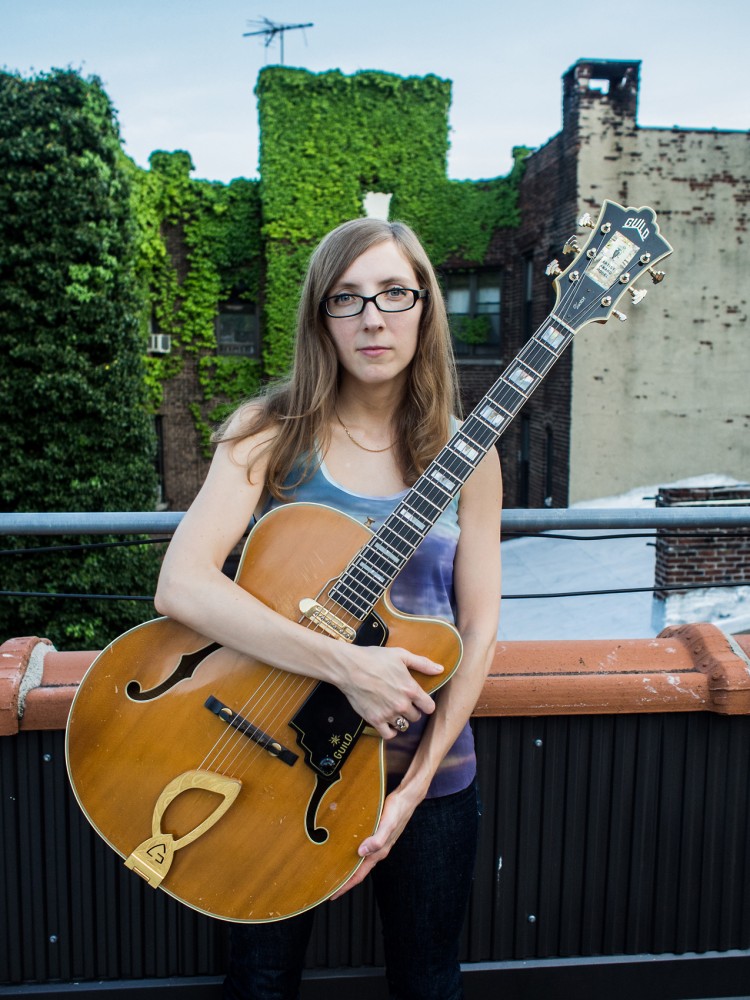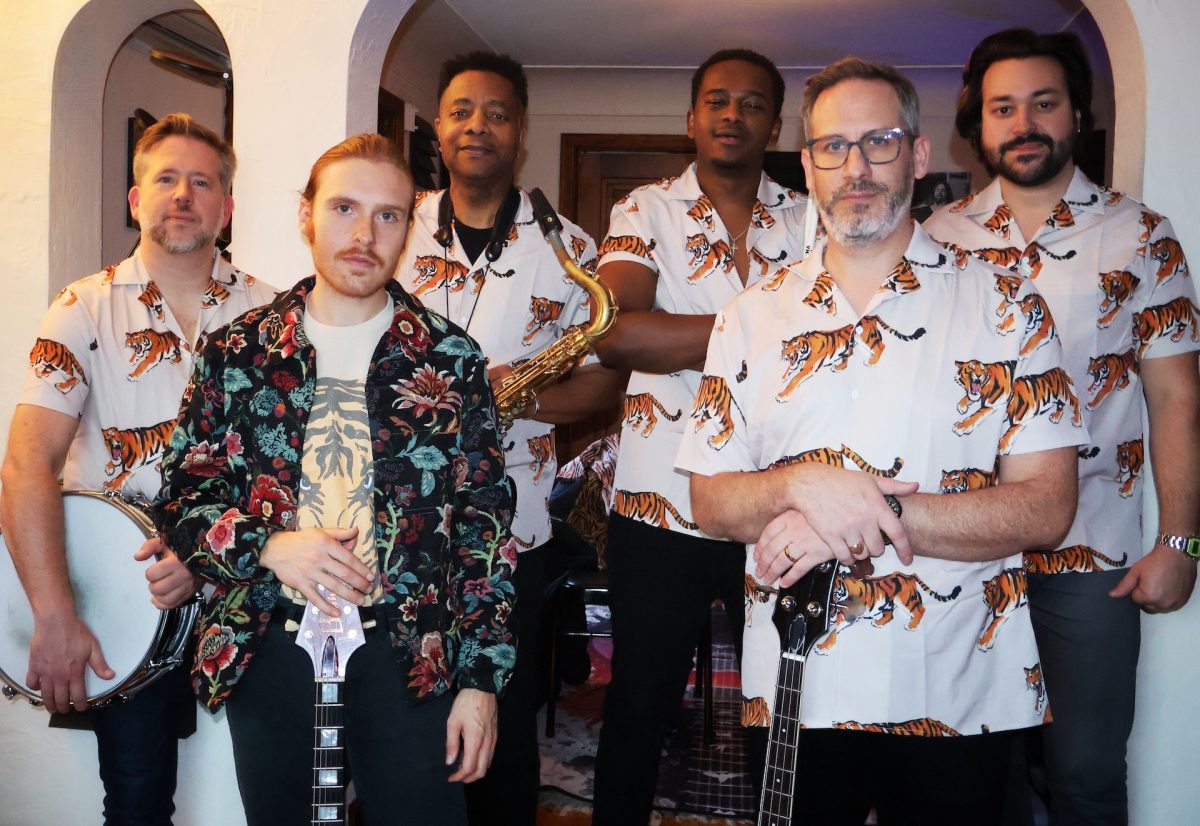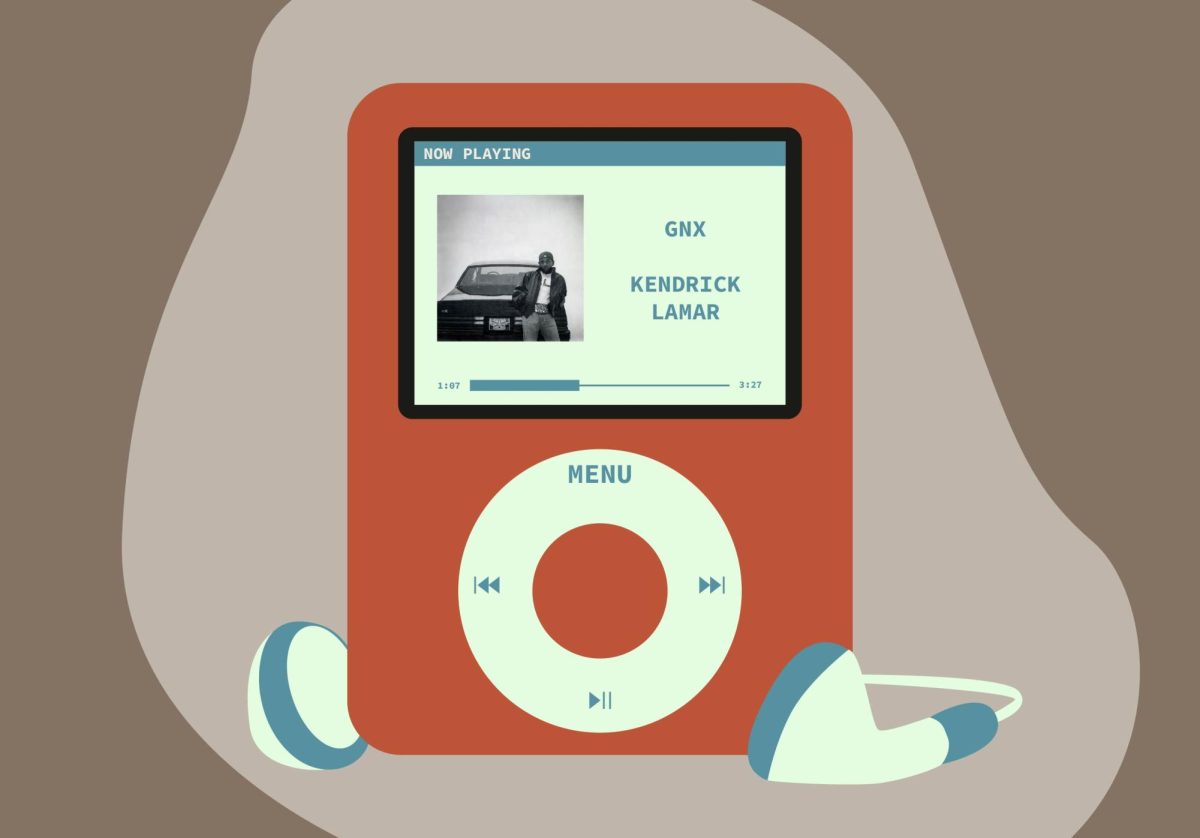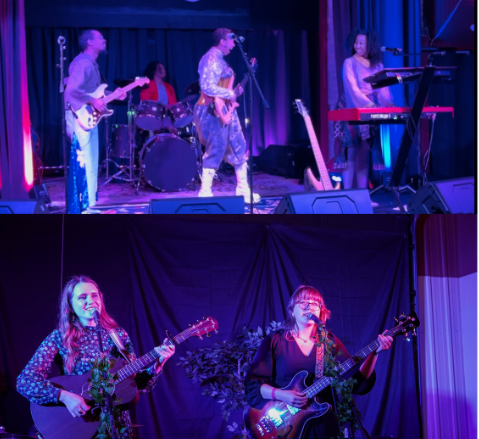At this moment in Mary Halvorson’s career, solo guitar is more important than a guitar solo.
The jazz-trained, avant-rock guitarist released her debut “Meltframe” last year, a record where her guitar is the only instrument in the entire album. She’s stopping at the Walker Art Center for a free show Thursday, when she’ll demonstrate the record live with three short sets.
What do you have planned for the show?
I’m going to be doing music from my solo-guitar record, which was released last fall.
The concept there is I’m doing my own renditions of other people’s compositions. So it could be anything from an old jazz standard — I’m doing Duke Ellington’s “Solitude” — or it could be songs that friends and collaborators of mine have written.
It’s a really wide range of stuff, and I’m basically interpreting different material.
Why don’t we talk about “Meltframe”? How did that idea occur to you, to do renditions of well-known and obscure songs?
I work a lot on jazz standards, just as part of my practice routine. Even though I don’t actually play standards that much, I love standards, and it’s helpful to practice so I can expand my harmonic concept.
I started experimenting with ways to turn those into solo-guitar compositions — to take them a step further.
At first, the concept was to work on standards that I love. I started putting together a repertoire and trying to figure out different ways to arrange the pieces for solo guitar.
Pretty quickly, that expanded to include any song that I love. So it doesn’t have to be a standard — any song that gets stuck in my head, a song I keep coming back to.
What kind of guitarist do you consider yourself? Is genre even important when you’re talking about music?
It’s not that important, and one of the cool things about guitar is that you hear guitar in so many different genres of music.
So it’s really a shape-shifting instrument; people play jazz, rock, classical guitar, folk — all kinds of things.
As a guitarist, you have this wide-open palette that you can draw from, all these different traditions. I’m not attached to any genre, really. I studied jazz; I love jazz, but I don’t necessarily identify with it. I love all kinds of other types of music.
When you’re playing around, do you first think of an idea or sound and then try to achieve that with effects pedals? Or do you just experiment and find a sound that way?
At this point, I’m able to hear and know exactly what the pedal’s going to do. I really think of it as an ornamentation; I value the pure acoustic sound of a guitar and having a clean tone, but then I have all these things that you can use to add a little something — like a distortion or tremolo or delay. It’s like an accent.
When I record, I put a mic on the body [of the guitar], near the strings, so I can get that acoustic sound. And then I also mic the amp — you get these two sounds that blend, but you can also hear the differences.
You studied jazz at Wesleyan, and you studied in high school as well. Before you started studying music in an academic sense, when did you start playing guitar? What kind of things were you playing when you just started?
I started playing when I was 11. Before that, I’d played violin. But I really liked Jimi Hendrix, and I wasn’t very good at violin. And I didn’t want to be playing classical music; I wanted to be playing rock. It made sense to switch. I already had some understanding of music through the violin, so it was pretty easy to pick up the guitar.
In high school, I started learning jazz, not because I had any real interest but because I had this teacher who was a jazz guitarist. My father had lots of jazz records, [so] jazz was around, and I started getting more and more into it.
Have you ever taught anyone guitar?
I’ve taught to varying degrees over the years. I teach private lessons sometimes, mostly to college students or adults. In the past, I’ve taught children guitar. I’ve done master classes and things like that.
It’s all about the student. If you have a student that you really love, it can be a pleasure. I actually learn a lot as well. When you have an amazing student, you can learn a ton by teaching.
This performance at the Walker is going to be solo; what do you get out of that, artistically?
It’s really challenging. It’s very different than playing with groups, and I’ve learned a lot. I’ve grown through the process of having to figure out how to play by myself because my whole life, I’ve been playing in bands. I’ve never really played by myself before I did this record. It’s a different mindset, and it’s one I’ve enjoyed. I’m still learning a lot about music and about myself when I play solo.
Mary Halvorson
Where Walker Art Center 1750 Hennepin Ave., Minneapolis
When 7 and 8 p.m. Thursday
Cost Free








